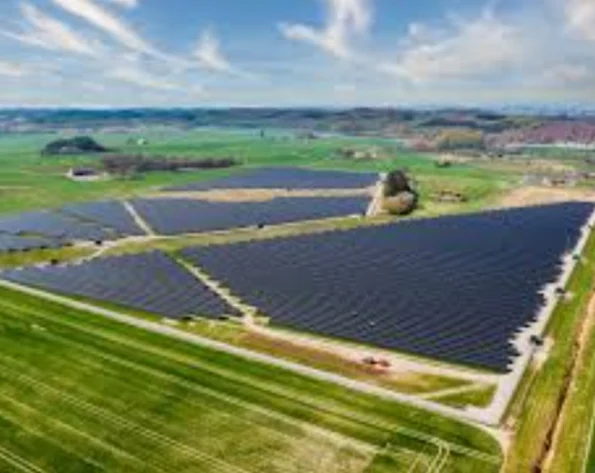Sweden's Renewable Energy Landscape: A Story of Progress and Challenges
Sweden stands as a global leader in the transition towards a sustainable energy future. With a commitment to 100% renewable electricity by 2040 and already exceeding its 2020 target of 50% renewable energy, the country offers a compelling case study in harnessing nature's power.
Hydropower Reigns Supreme:
The story begins with water. Sweden's vast network of rivers and lakes makes hydropower its dominant renewable source, accounting for nearly 43% of electricity generation in 2021. This mature technology provides a stable and reliable base for the grid.
Wind Power on the Rise:
However, Sweden isn't content to rest on its laurels. Wind power is seeing explosive growth, with capacity doubling in the past decade and now contributing 19% of electricity. Offshore wind farms, particularly in the Baltic Sea, hold immense potential for further expansion.
Biomass Plays a Role:
Sustainable forestry practices provide fuel for bioenergy plants, generating another 9% of electricity and contributing significantly to district heating systems. This integrated approach maximizes resource efficiency.
Solar Shines Bright:
While sunshine might not be Sweden's most abundant resource, solar energy is experiencing a surge. Installations are growing rapidly, especially in southern regions, and the potential for rooftop solar on homes and businesses is significant.
Beyond Generation:
Sweden's ambition extends beyond generation. Energy storage solutions like pumped hydro and battery technology are being explored to address the intermittent nature of wind and solar power. Smart grids and demand-side management are also crucial for optimizing energy use and integrating diverse sources.
Challenges and the Road Ahead:
Despite its achievements, Sweden faces challenges. Permitting processes for new renewable projects can be lengthy, and public acceptance needs further cultivation. Integrating large-scale wind farms into the grid while maintaining stability requires innovative solutions.
A Beacon of Hope:
Sweden's journey serves as an inspiration for other nations seeking to decarbonize their energy systems. By leveraging its natural resources, embracing technological advancements, and fostering public engagement, Sweden is proving that a sustainable energy future is achievable.
Sweden's Renewable Energy Pattern: Statistical Highlights
Sweden boasts an impressive renewable energy landscape, evident in the following statistics:
Overall Share:
- 2022: 64% of Sweden's total electricity generation was from renewable sources (Source: Energiföretagen)
- 2020: 54.5% (compared to a target of 50%) (Source: Energimyndigheten)
- 2010: 44.5% (Source: IEA)
Breakdown by Source:
- Hydropower: 42.9% (2021) (Source: Svenska Kraftnät)
- Wind power: 18.8% (2021) (Source: Svenska Kraftnät)
- Bioenergy: 8.9% (2021) (Source: Svenska Kraftnät)
- Solar power: 1.2% (2021) (Source: Svenska Kraftnät)
- Other renewables: 2.2% (2021) (Source: Svenska Kraftnät)
Growth trends:
- Wind power capacity doubled in the past decade (Source: Swedish Wind Energy Association)
- Solar power installations have seen significant growth in recent years (Source: Energimyndigheten)
Additional statistics:
- Sweden aims for 100% renewable electricity by 2040 (Source: Riksdagen)
- 58% of all heating in Sweden comes from renewable sources (Source: Energimyndigheten)
- Sweden is ranked 4th globally in the 2023 Climate Change Performance Index (Source: Germanwatch)
Data Sources:
- Energiföretagen: https://www.energiforetagen.se/
- Energimyndigheten: https://www.energimyndigheten.se/
- Svenska Kraftnät: https://www.svk.se/
- Swedish Wind Energy Association: https://svenskvindenergi.org/
- Riksdagen: https://www.riksdagen.se/en/
- Germanwatch: https://www.germanwatch.org/en/CCPI
Beyond the numbers:
- Sweden's commitment to renewable energy goes beyond statistics, encompassing technological advancements in energy storage and smart grids.
- Challenges remain, such as streamlining permitting processes and ensuring public acceptance.
- Nevertheless, Sweden's journey towards a sustainable energy future offers valuable lessons for other nations.
Remember:
These are just a few key statistics. You can find more detailed data and analysis from the listed sources or explore specific aspects of Sweden's renewable energy landscape according to your interest.


